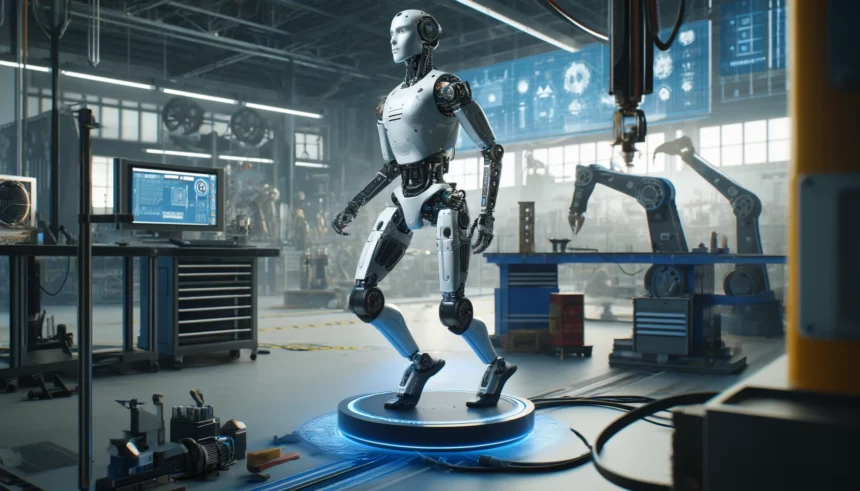Boston Dynamics, a leader in robotic technology, has recently transitioned from its original hydraulic Atlas robot to a new, fully electric model. This new Atlas robot is designed for practical use in real-world settings and is a big step forward in the development of humanoid robots.
Key Features of the New Electric Atlas Robot
- Improved Precision and Control: The electric model offers better handling and accuracy.
- Eco-Friendly: It has a reduced environmental impact compared to previous models.
- Energy Efficient: The new robot uses energy more efficiently, making it more sustainable.
The company envisions that humanoid robots like the new Atlas could become as common as smartphones in the next decade. This increase in robot usage is likely to change various industries such as manufacturing, healthcare, and services by automating tasks, which could make some jobs cheaper to perform and reduce the need for human labor in certain roles.
Advanced AI and Learning Capabilities
The new Atlas benefits from advanced AI and machine learning. This includes reinforcement learning and complex vision systems that allow the robot to learn from its environment and make decisions independently, improving its performance even in new or changing conditions.
Partnership with Hyundai
To boost production and meet growing demand, Boston Dynamics has partnered with Hyundai. This collaboration utilizes Hyundai’s vast manufacturing resources to increase the production of the new electric Atlas robots.
Human-Friendly Design
As robots become more common in everyday settings, their design is increasingly focusing on being user-friendly. The new Atlas features a less intimidating, more approachable design, making it easier for people to interact with it in daily life.
The Impact on the Market
Hyundai’s acquisition of Boston Dynamics for nearly a billion dollars shows the high commercial interest in robotics. The field is very competitive, with companies investing heavily to lead in innovative technologies.
In summary, the new electric Atlas represents a significant evolution in robotics, aligning with trends in automation and setting the stage for future innovations that could change how humans and robots work together. This development is part of a broader move towards integrating robots into various aspects of life and work, making tasks easier and more efficient.
















